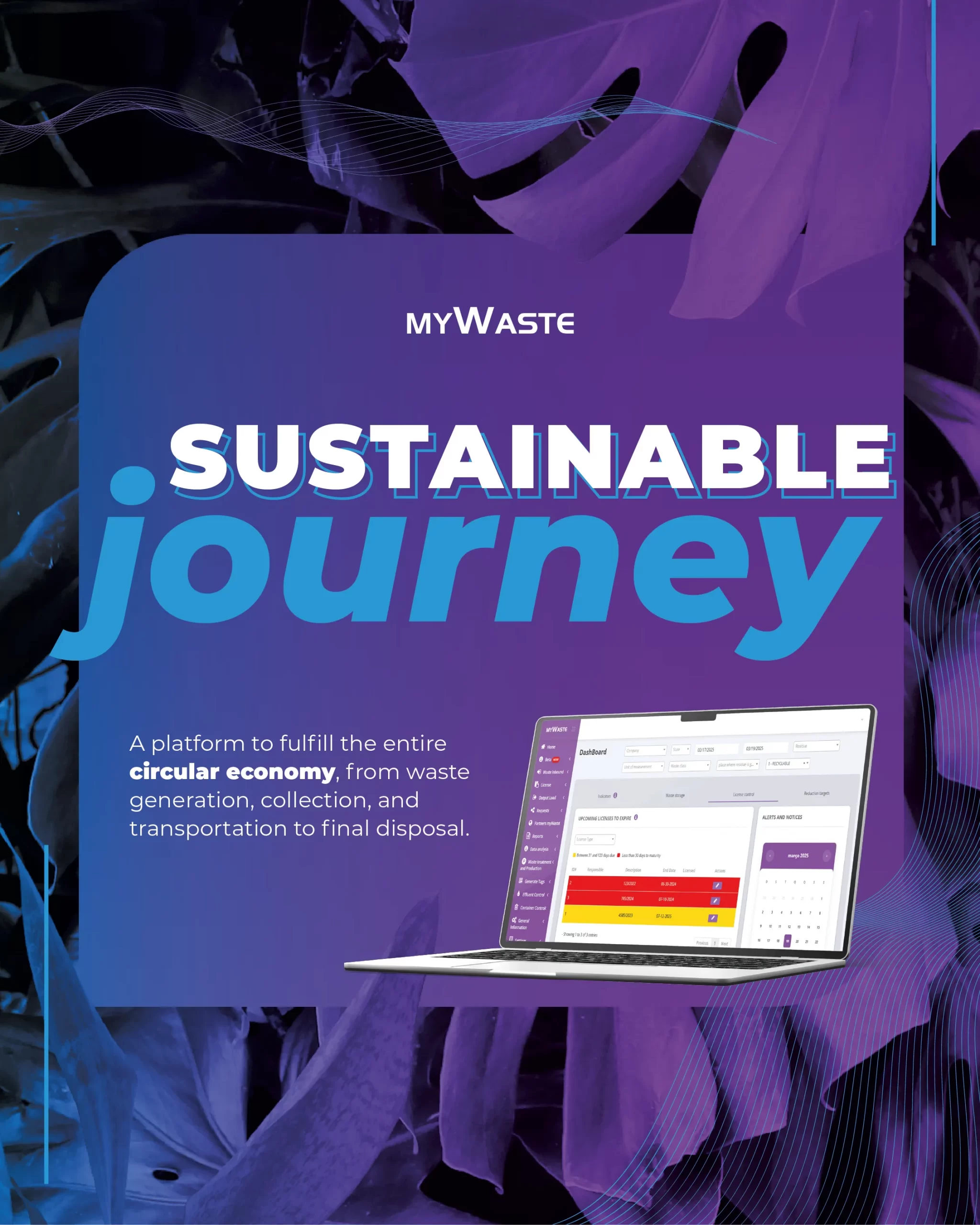
The coronavirus pandemic taught us that each day we depend more and more on electronic devices, especially during long isolation periods or in lockdown moments. Smartphones, laptops, TVs, printers, tablets, e-readers, refrigerators, air conditioners have been being really useful.
These devices are sometimes substituted by newer models, because the technology improves and they become slow, or sometimes they just do not attend to the new possibilities or demands. This way, the answers we can see on these cases are that millions of devices become electronic waste every year and so they end up increasing the serious problem of electronic discard. Only last year, to think about some numbers, it was discarded 53,6 million of tons of electronic waste around the world, generating an increase of 21%, if we compare to five years ago, they are impressive numbers and were taken from the United Nations reports.
The estimates, already, are not very good, for example, the quantity of electronics discarded with batteries will be around 74 million of tons until the end of this decade, which means that in only 16 years the index of electronic waste will have doubled.
“This makes the electronic waste inside the domestic waste flow, one of the fastest growing in the world, driven mainly by biggest consumerism taxes, short life cycles and few repairing options. Besides, materials like gold, silver, copper, platinum and other recovering materials with a high price, presented in electronic devices, were evaluated on the report on a conservative way in US$ 57 billion, it shows a higher value than the Gross National Income (Produto Interno Bruto, in Portuguese) from most of the countries and they end up being discarded or even burned instead of being collected for treatment and reusing”. (ONU Global Report)
All this value is lost because only 17% of the electronic waste was collected and reused last year. It is unnecessary to affirm that it is a big concern because the electronic waste is a way of waste partially toxic, representing a threat to the environment and to people’s health.
China was the leader on the electronic waste segment last year, producing a little more than 10 million of metric tons, followed by the United States with almost 7 million of tons and India in third place with 3,2 million of tons. These three nations responded by almost 38% of all the global electronic waste last year.
About the continents, Asia was responsible for a quarter of all the electronic waste generated worldwide, followed by America with a little more than 13 million of tons and Europe with 12 million of tons.
“In perspective, the electronic waste from last year weighed substantially more than all the adults in Europe or even 350 cruise ships from the size of Queen Mary 2, enough to form a line of 125 km”, it is observed in the report.
Besides, another problematic is showed when the electronic waste is recycled, in countries like Thailand this is usually done in a way that it shows up like a risk to health and to the environment.
“The most worrying is not only the quantity of electronic waste that is accumulating, but also the fact that the recycling technologies are not following the growing quantity, the recycling needs to improve”, Vanessa Forti comments, a specialist from the United Nations University and one of the main authors of the report.
By Daniel T. Cross. Article in English.
Source: https://www.ecoportal.net/temas-especiales/los-desechos-electronicos/
RELATED POSTS:



